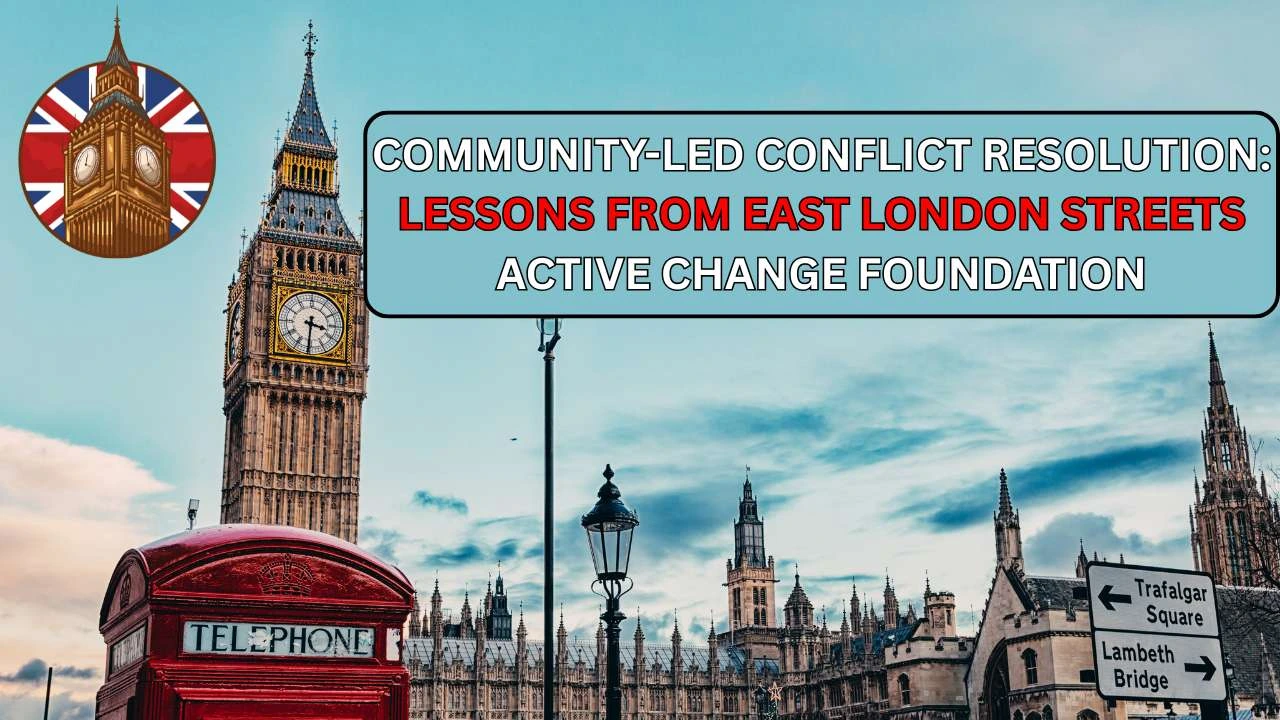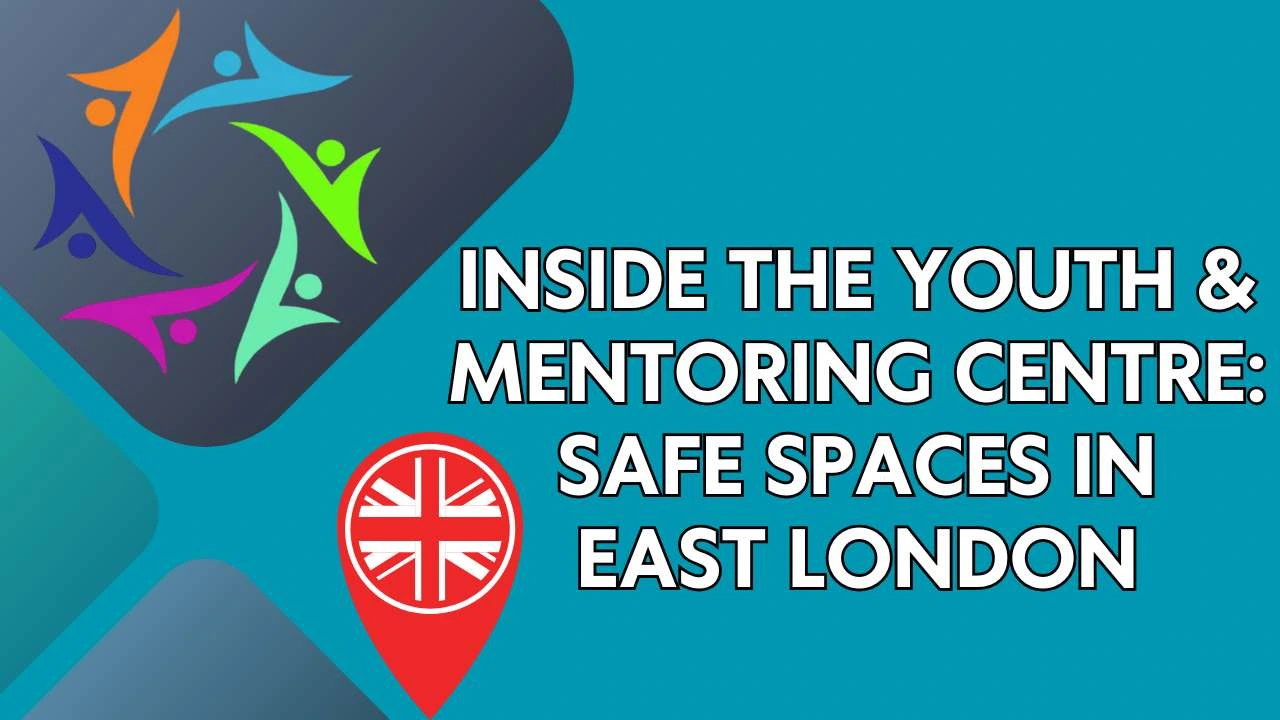NotInMyName is a powerful illustration of digital activism, showing how to use online channels to fight injustice and rally support. The campaign’s success demonstrates social media’s ability to elevate underrepresented voices, influence public opinion, and promote group action. However, it also highlights the difficulties associated with digital activism, such as the dissemination of false information and the possibility of governmental monitoring. The campaign’s viral success demonstrates how digital activism can strengthen marginalised voices, challenge dominant narratives, and promote social change. Effective digital activism requires offline activity, compelling narratives, and strategic online engagement to have a lasting impact. This article is framed to provide all the information related to Digital Activism: Lessons From the Viral Rise of #NotInMyName.

Digital Activism
The #NotInMyName campaign is a prime example of the effectiveness of digital activism, since a hashtag may initiate broad mobilisation and discussion. Social media can be used by people and organisations to influence public opinion, foster unity, and increase knowledge of important topics. The campaign’s viral popularity shows how digital activism can challenge prevailing narratives, elevate underrepresented voices, and spur social change. To make a lasting impression, effective digital activism necessitates offline activity, captivating storytelling, and purposeful online interaction. The campaign’s success shows how social media can strengthen marginalised voices, sway public opinion, and encourage collective action. However, it also draws attention to the challenges of digital activism, including the spread of misleading information and the potential for government surveillance.
What is the #NotInMyName campaign?
- The #NotInMyName campaign is a social media movement that allows individuals and organisations to express dissent and solidarity against certain actions, policies, or ideologies perceived as unjust, discriminatory, or oppressive.
- By using this hashtag, participants signal their opposition and commitment to promoting social justice, equality, and human rights. The campaign provides a platform for marginalised voices to be amplified, and for people to come together in solidarity to challenge dominant narratives and drive social change.
- Through social media mobilisation and offline actions, #NotInMyName aims to raise awareness, influence public opinion, and ultimately contribute to a more just and equitable society.
Lessons from the Viral Rise of #NotInMyName
- Amplifying marginalised voices: Providing a platform for underrepresented groups.
- Influencing public opinion: Shaping conversations and attitudes.
- Driving social change: Contributing to policy changes, social reforms, and cultural shifts.
The #NotInMyName campaign demonstrates the power of social media in mobilising collective action and promoting social justice.
How the #NotInMyName Campaign Started?
- Triggering Event: The #NotInMyName campaign likely originated in response to a specific event, policy, or action perceived as unjust or discriminatory.
- Social Media Mobilisation: Individuals and organisations took to social media platforms to express dissent and solidarity, using the hashtag #NotInMyName to unite diverse voices.
- Key Players: Influencers, activists, and organisations played a crucial role in amplifying the message and mobilising support.
- Viral Spread: The hashtag gained traction, spreading rapidly across social media platforms and attracting widespread attention and participation.
- Message and Purpose: The campaign’s message emphasised opposition to a particular issue, promoting social change, and advocating for justice and equality.
- Offline Activism: The online momentum translated into offline actions, such as protests, petitions, and community engagement, further amplifying the campaign’s impact.
What are the Key Lessons from the #NotInMyName Campaign?
1. Power of Hashtag Activism: The campaign demonstrates the potential of hashtags to mobilise widespread conversation and action.
2. Amplifying Marginalised Voices: #NotInMyName highlights the importance of amplifying marginalised voices and perspectives.
3. Social Media’s Role in Social Change: The campaign showcases social media’s role in driving social change, raising awareness, and influencing public opinion.
4. Importance of Solidarity: The campaign emphasises the value of solidarity and collective action in challenging dominant narratives.
5. Strategic Online Engagement: Effective digital activism requires strategic online engagement, compelling storytelling, and offline action.
6. Lasting Impact: The campaign’s impact extends beyond online conversations, driving real-world change and promoting social justice.
These lessons highlight the significance of digital activism and the potential for social media campaigns to drive meaningful social change.
FAQs On Digital Activism: Lessons from the Viral Rise of #NotInMyName
- What are the challenges of digital activism?
- Challenges include misinformation, performative activism, and activism fatigue.
- How can digital activism be effective?
- Effective digital activism requires strategic online engagement, clear objectives, and collaboration.











